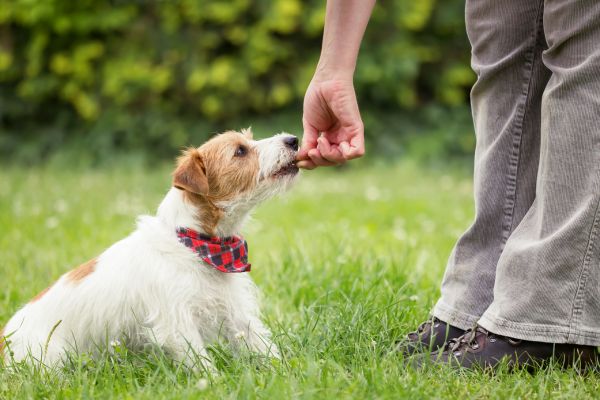Why Dog Obedience Training Really Matters
Let’s be real, living with a dog can be one of the best parts of life. They’re goofy, loyal, and sometimes way too smart for their own good. But here’s the thing: without proper dog obedience training, that adorable puppy or stubborn adult can turn into a handful. Training isn’t about being strict or controlling—it’s about building trust, communication, and a stronger bond.
Dog obedience training gives your pup a set of life skills that make everyday living smoother for both of you. Think about it—wouldn’t it be nice if your dog sat calmly instead of bolting for the door, or walked by your side instead of dragging you down the street? That’s what good training brings.
Understanding the Basics of Dog Obedience Training
At its core, dog obedience training is teaching your pet how to respond to basic commands and shaping good behavior. Commands like sit, stay, come, and heel aren’t just party tricks—they’re safety nets. Imagine calling your dog back when they’re about to chase a squirrel into traffic. That single “come” could literally save their life.
The basics usually start with simple cues, positive reinforcement, and consistency. And let me tell you, dogs thrive on routine. If you make training part of their daily life, you’ll be amazed how quickly they pick it up.
Positive Reinforcement: The Secret Sauce
Some people still think training means punishment, but honestly, that’s outdated and unfair to your dog. Positive reinforcement is the real magic. Rewarding your pup with treats, praise, or playtime when they do something right makes them want to repeat that behavior.
Think of it like this: if someone gave you a chocolate bar every time you finished your work early, wouldn’t you keep doing it? Dogs are the same way. They respond to rewards because it feels good. And the more good behavior you reinforce, the less room there is for bad habits.
Common Mistakes in Dog Obedience Training
Here’s where a lot of pet owners mess up. They get frustrated, lose patience, or expect overnight results. Training doesn’t work that way. If you yell, punish, or give mixed signals, your dog just gets confused. Consistency is everything.
Another big mistake? Skipping socialization. Dogs need to learn not just commands but also how to behave around people, other dogs, and new environments. Without that, even a well-trained pup might struggle in the real world.
Step-by-Step Training at Home
Starting obedience training at home doesn’t require fancy tools or expensive classes. What you need most is time, patience, and a little creativity. Keep training sessions short—five to ten minutes is enough for most dogs. End on a positive note so your pup looks forward to the next session.
Introduce one command at a time. Say “sit,” gently guide them into the sitting position, then reward. Repeat it a few times a day until it clicks. Once they’ve got it, move on to “stay” or “come.” Slowly, your dog will build a library of commands that make daily life a breeze.
When to Consider Professional Help
Sometimes, no matter how hard you try, your dog just won’t cooperate. And that’s okay. Every dog has its own personality and quirks. Professional trainers can be a lifesaver, especially for stubborn cases or dogs with behavioral issues.
Don’t think of hiring a trainer as a failure. Think of it as giving your dog the best shot at success. A good trainer doesn’t just teach your dog—they teach you how to communicate better with your furry friend.
The Long-Term Payoff of Training
The beauty of dog obedience training is that it’s not just about commands—it’s about creating a lifestyle. A trained dog is easier to live with, safer to be around, and happier overall. Dogs like structure, and training gives them that.
Plus, the bond you’ll form is priceless. Training is quality time. It’s laughter when they flop instead of sit, and pride when they finally nail that recall command. It’s those little victories that stack up into something much bigger: trust.
Keeping It Fun and Engaging
One last piece of advice—make training fun. If it feels like a chore for you, it’ll feel like a chore for your dog. Mix in games, play fetch as a reward, or switch things up so they stay engaged. Remember, dogs read your energy. If you’re relaxed and enjoying yourself, they’ll pick up on it.
Training is just another way to spend time together. And honestly, isn’t that why you got a dog in the first place?
Final Thoughts on Dog Obedience Training
Dog obedience training isn’t about control—it’s about partnership. It’s teaching your dog how to live happily in your world and giving them the freedom to explore it safely. Sure, it takes patience, consistency, and a bit of trial and error, but the payoff is huge.
At the end of the day, training makes life easier, safer, and more enjoyable for both you and your dog. So start small, celebrate progress, and don’t stress over setbacks. Your dog doesn’t need perfection—they just need your guidance, your time, and your love.

